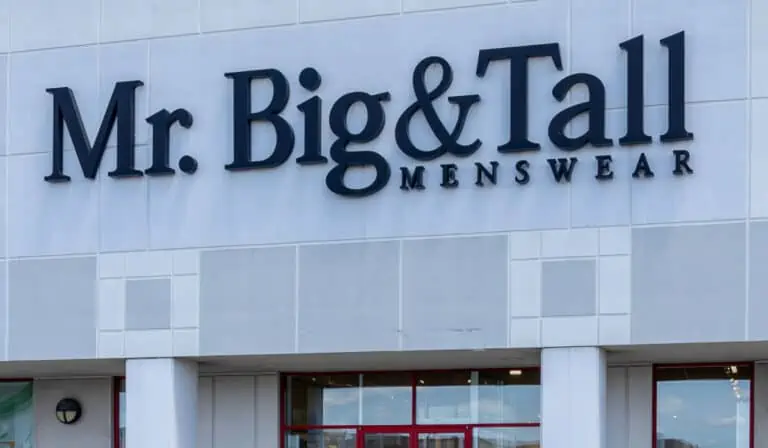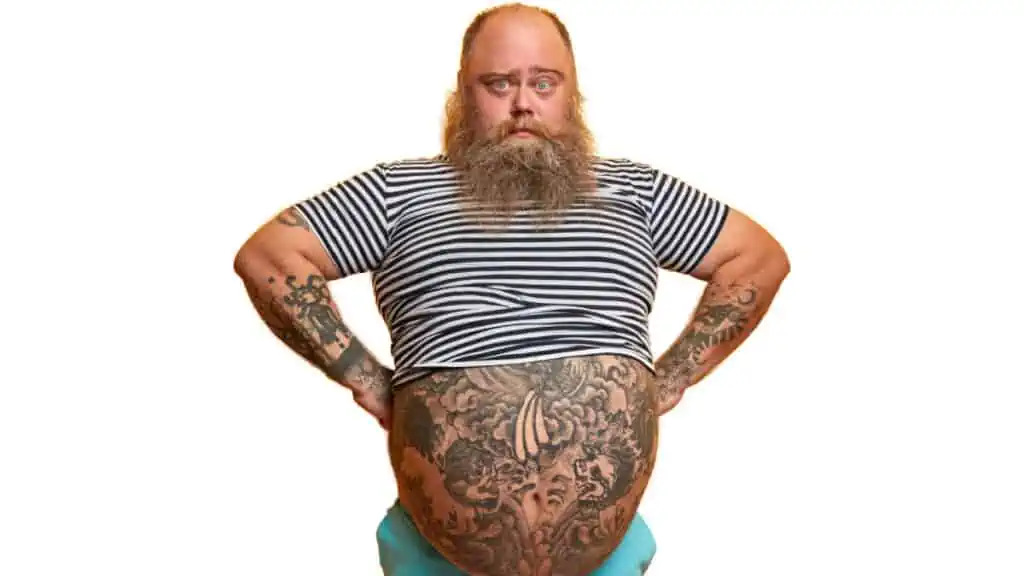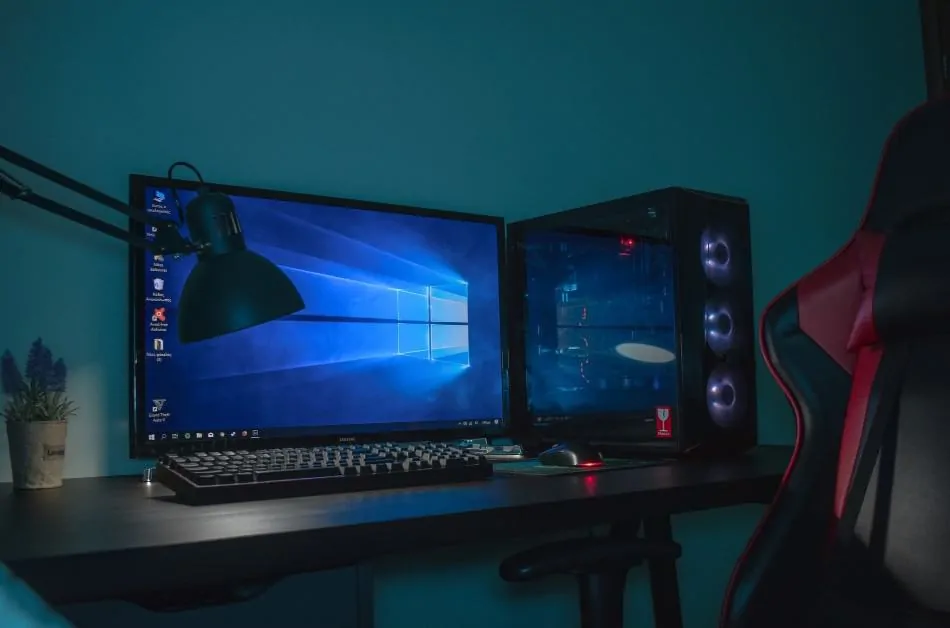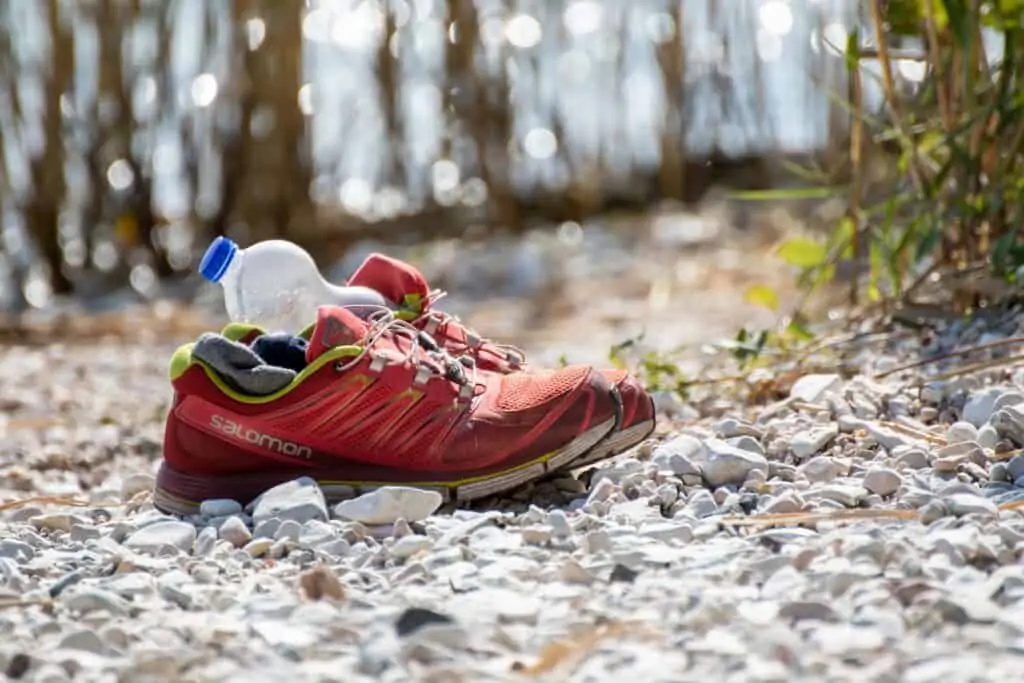As a fat guy, buying clothes is often difficult for me. It’s hard to find stuff that fits and makes me look good (or at least makes me feel good).
I always have to go look in the “big and tall” section and hope I can find something that fits me reasonably well.
Sometimes, though, I’ll go to a smaller store that doesn’t have a designated section for my fat guy clothes and I have to go look in the regular men’s section for something to wear.
When I do there is always a group of sizes. 3X, 3XLT, XXXL…like, are they all actually the same? And are they the same as a Big Man’s 3XL?
Unfortunately, there isn’t a great all-around answer as much of it depends on how each individual brand decides to tag and market its clothes.
However, there are some general guidelines that, once you know what big and tall sizes are, will help you to know if you or someone in your life should be wearing them.
So whether you’re shopping for yourself or others, here is a quick guide to let you know which section you should start in!
What Does “Big and Tall Sizes” Mean?
Big and Tall are actually two separate sections that have been combined to include all clothes for larger men.
“Big” refers to size around the abdomen and “tall,” naturally, refers to men of taller heights. Something both “big and tall” is intended for tall men who also need a little extra around the midsection.
Since everyone’s body is different, you may need “big,” “tall,” or “big and tall.” Since not everyone has the same size legs, pant lengths will be different.
As a fat guy who is 5’7″, I need “big” clothes, but “tall” is going to make my trousers look like the pants version of Lou Costello’s tie unless I roll up the bottom two feet around my ankles.
According to my friend who used to own a women’s boutique, ladies’ fashion uses either “curvy” or “plus size” for the same concepts.
This goes without saying but please do not ask a woman if she needs “big sizes”! That’s not likely to end well.
What Size Qualifies as “Big and Tall”?
“Big” sizes are for men who have larger chests, waists, and hips. These are the clothes I wear because all of my weight seems centered around my stomach and I have been described as having “chicken legs.”
Sizes may vary slightly between clothing manufacturers, although not as much as in women’s fashion. The same friend also said that women’s sizes are seemingly random.
According to Ralph Lauren’s size guide, an XL or a Tall L shirt is designed for men with a chest size between 46 and 48 inches, a 17 to 17.5-inch neck, a 35-inch sleeve from one arm to the other, and a 42 to 44-inch waist.
The largest traditional size, a 6XL, is for men with 66 to 68-inch chests, 22 to 22.5-inch necks, 40-inch sleeves, and 62 to 62-inch waists.
For pants, they have waists starting at 36″ listed under “big sizes,” which seems a little low to me, but I’m also not a professional tailor or haberdasher.
Tall men are generally those above 6’2″, but there’s also variance in there because some men of that height have longer legs than others.
Are 3X and 3XL the Same Size?
There is an important distinction to be made between “X” and “XL” sizes, which I used to assume were the same thing.
I always thought “XL” stood for “extra large” because it does in most other contexts, but not fashion, as it turns out.
The “L” in “XL” stands for “extra long,” because a tall man will need a longer shirt than a shorter man would.
A 3X shirt and a 3XL shirt will generally have the same size neck, chest, and waist, but an XL shirt is designed for taller men and will usually be a couple of inches longer than its X counterpart.
How Do I Know What Sizes I Need?
Fitting rooms are great for retail stores to find out whether or not a shirt will fit you, but they’re not for everyone.
I sweat a lot, especially when I’m out in public in the hot sun, and I don’t enjoy getting my back sweat all over a shirt that doesn’t fit me and I won’t end up buying.
I also shop online a lot because it means I don’t have to leave the house and I can ask my girlfriend what she thinks will look good if she isn’t sitting with me.
Not everyone dresses to impress women and that’s okay if you don’t, but I always have, so I like to ask her before I purchase anything. Luckily for me, she hasn’t steered me wrong yet.
The easiest way to find out what will fit is to measure yourself, ideally with one of those fabric tape measures that rolls up on itself and not the metal kind you’d use for building a deck.
Oh, and if you’re stuck wondering what kind of clothes you should be looking for, check out our Fashion Tips For Big Guys!
Great! Where Do I Measure?
Measuring the right places is absolutely key to getting a proper fit and I recently found out that I’ve been doing it wrong for quite some time, which explains my ill-fitting clothes.
You’ll want to measure without any clothes on, or at least with few enough clothes so as not to make the other person uncomfortable if someone is helping you out.
For the neck, you’ll want the very bottom, where it connects with your shoulders, below the Adam’s apple, where you’d find the collar of a shirt.
When measuring the chest, you’ll want to wrap the tape measure underneath your armpits, across the shoulder blades, and at the widest part of your chest, which can be different from person to person.
Bend slightly to one side to see where the waist crease is, then measure there. If you’re like me, you’re not going to want it absolutely skintight, so I put one of my fingers between the measuring tape and my stomach.
For pants, we’ll start with the hips. I love how easy men’s pants sizes are. A 40-30 pair of pants means it has a 40-inch waist and a 30-inch inseam. It’s simple, it tells the whole story in two measurements.
When people say “waist” for pants, they really mean “hips,” since not everyone dresses like Steve Urkel and wears their pants over their belly buttons.
The hips are pretty easy; you just measure at the widest point around the hips and the buttocks area.
I used to think that the inseam referred to the size top-to-bottom, but that’s not actually the case. I’ve learned a lot over the past few years.
For the inseam, you measure from the groin region down to your ankle, depending on how long of pants you want to wear. Some people prefer them just above the foot and others prefer an inch or two higher to show off their socks.
Summary and Final Thoughts
“Big,” “Tall,” and “Big and Tall” are not the same thing when it comes to men’s clothing. Some tall men are not big, some big men are not tall, and some men are both big and tall.
Once you measure yourself and find clothes that fit you properly, you’ll feel a whole lot better. I look back at some of the ill-fitting clothing I wore when I was younger and I wonder why I never asked anyone why my shirts were too tight or too long.
One thing you will find, which I understand but still don’t like, is that these big and tall sizes are going to cost more than a small, medium, or large.
Most places charge an extra $3 or so for clothes that fit guys like me and it’s annoying. I definitely don’t care for it.
However, I’ve come to realize that I take more fabric than my smaller friends and it’s worth a couple of extra dollars for clothes that fit and make me look good.
I hope this guide has helped you and that you can now find clothes that fit you and make you feel comfortable and confident!







